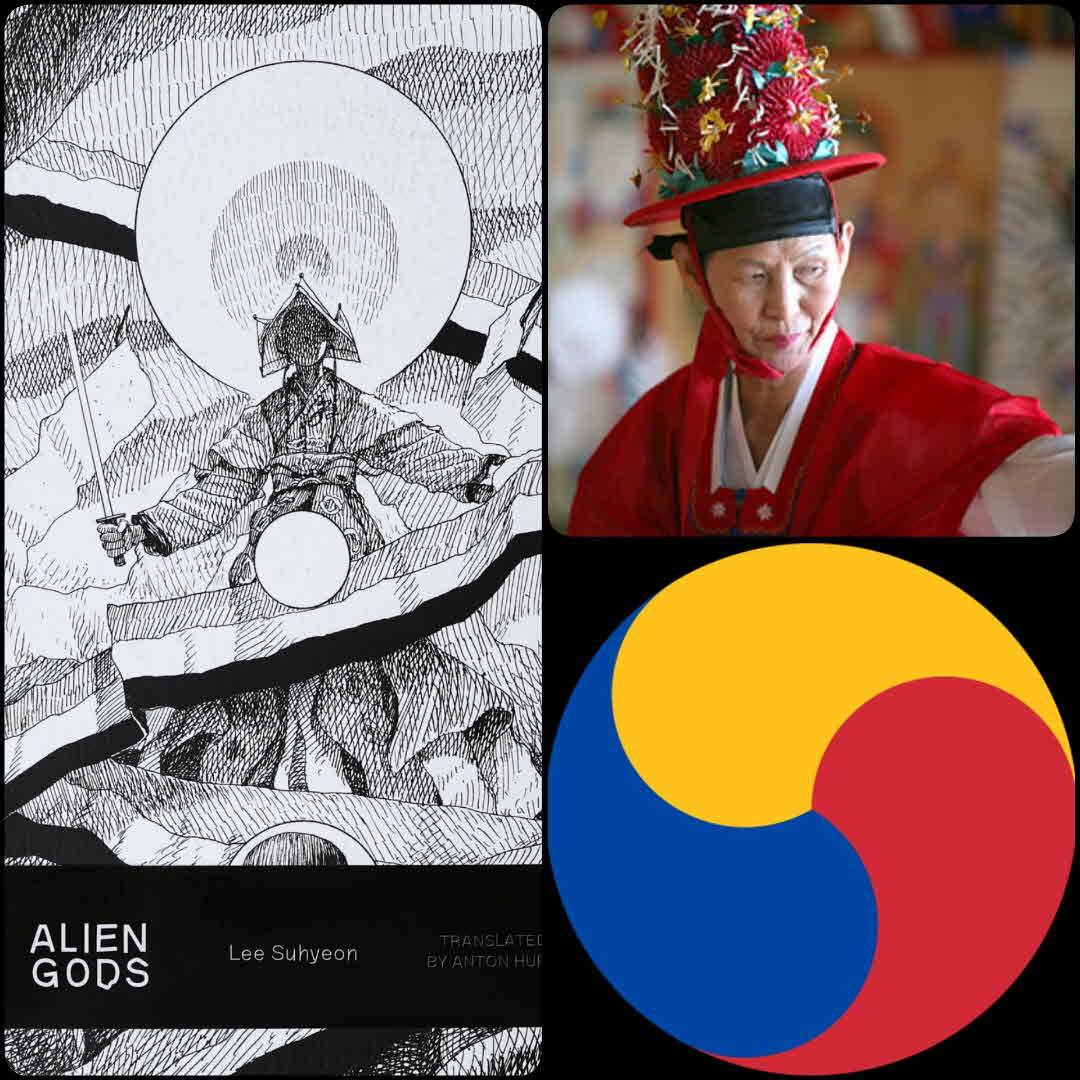
While "inspired by Lovecraft" is a prominent selling point for this Korean horror novella, and was the reason for me picking it up, it simply borrows a few weird horror tropes - e.g., the Old Dark House, cursed by being built on a graveyard, resulting in the uncanny deaths of its occupants; a suggestion of the influence of Nyarlathotep - while remaining firmly rooted in its Korean-ness: it's suggested that part of the curse of the house is ⬇️






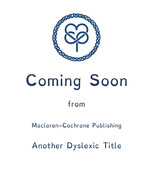
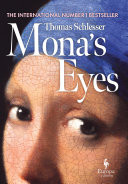
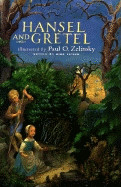
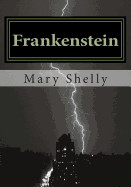
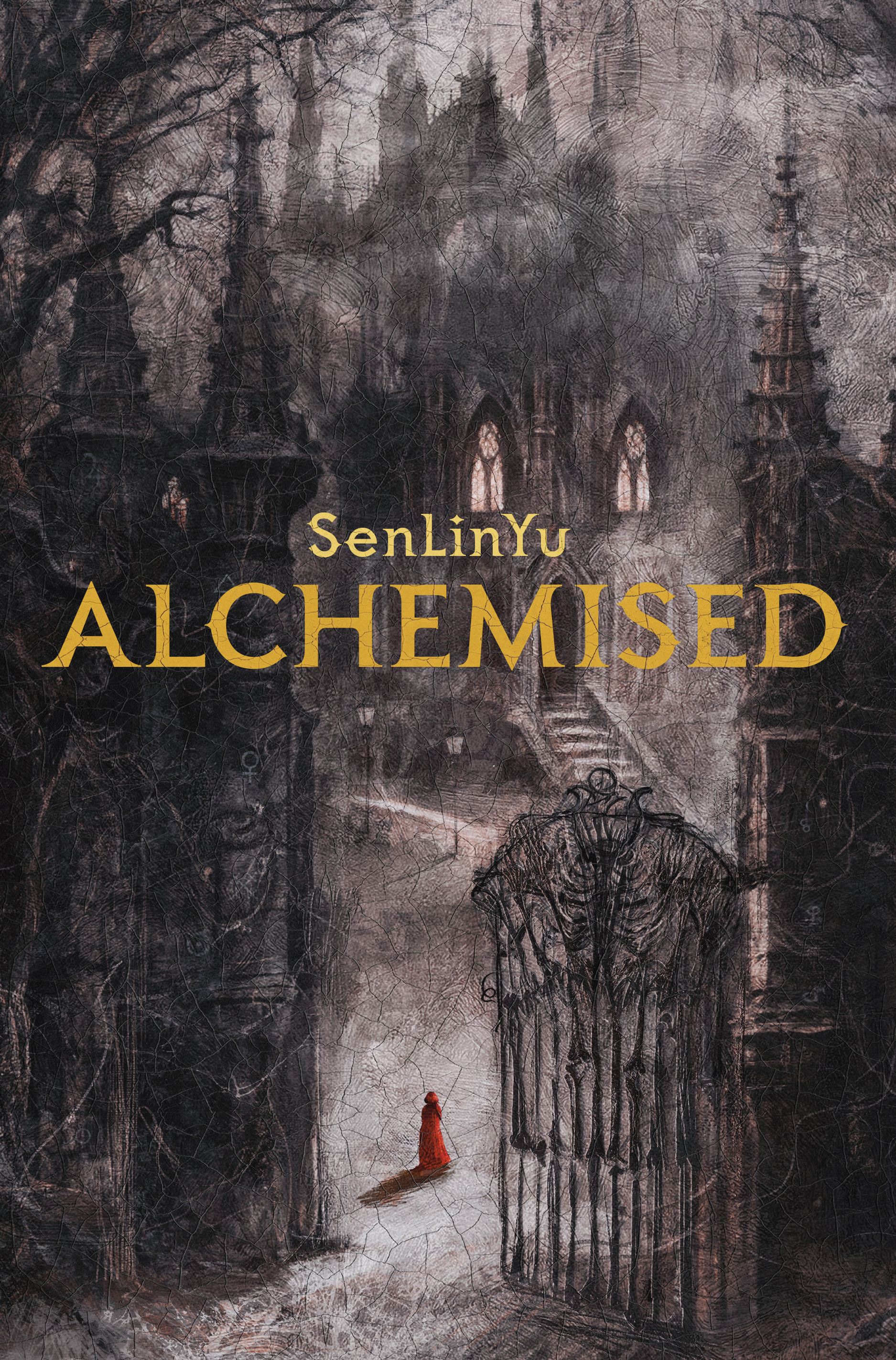








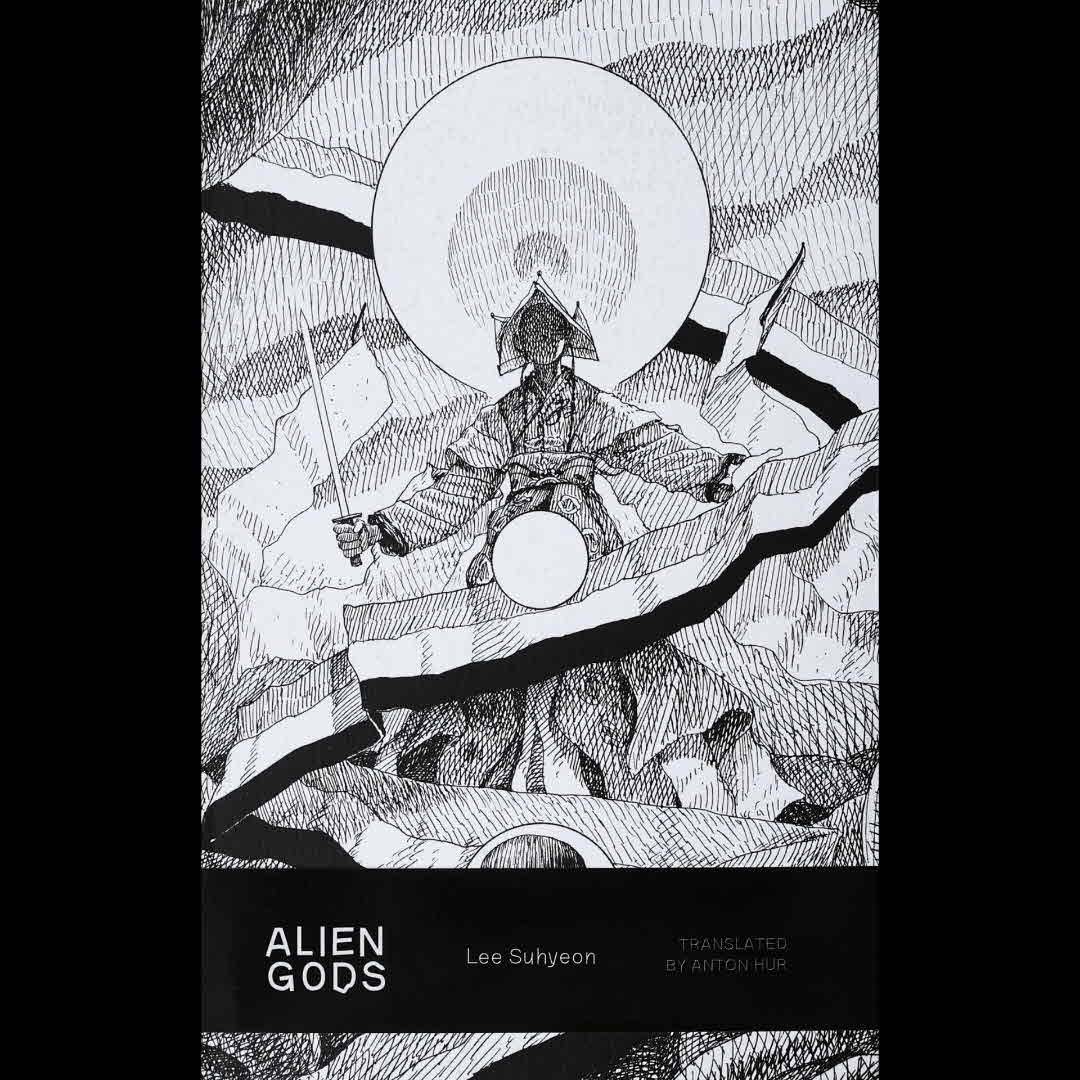
Like many Lovecraftian protagonists, the MC is an antiquarian, or more precisely in this case, a cultural anthropologist, studying the traditional ritual practices of mudang 'shamans'. This lead me down a fascinating internet rabbit hole regarding these Korean traditions, and it was no surprise to discover that the author ⬇️ 1w
So, the horror element is certainly present, while not especially graphic (fine by me), and I found the interest of the story was its interweaving of a Western literary genre with Korean cultural attitudes towards its own folkloric heritage (mudang have been typified as grifters and charlatans for a long time, perhaps similar to prejudicial attitudes towards gypsy ⬇️ 1w